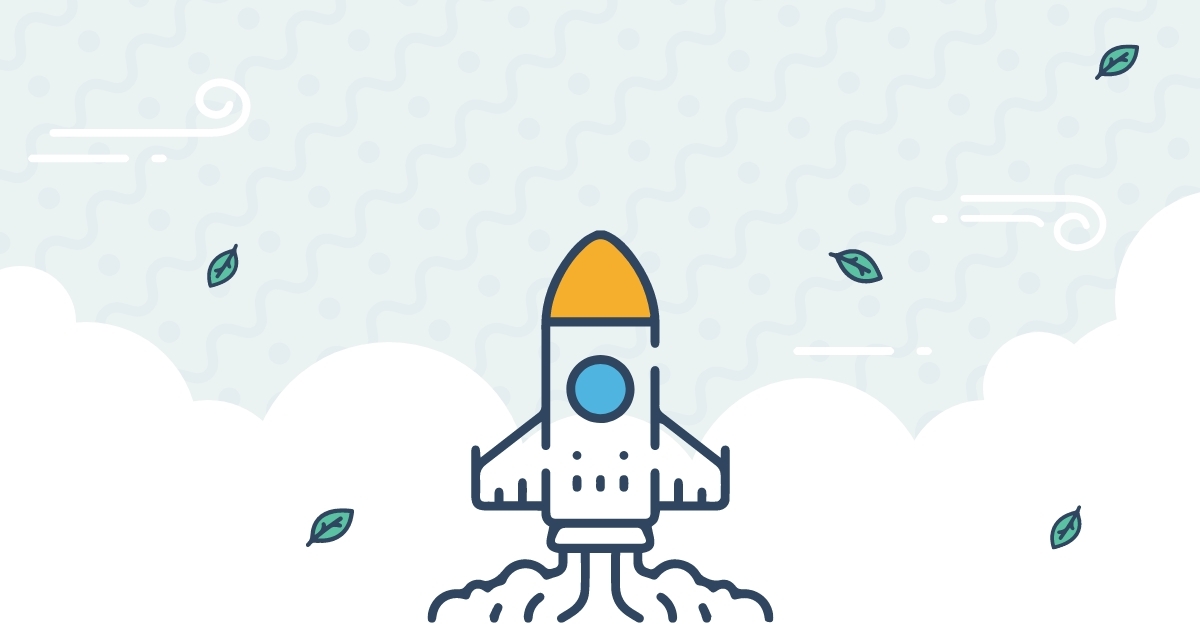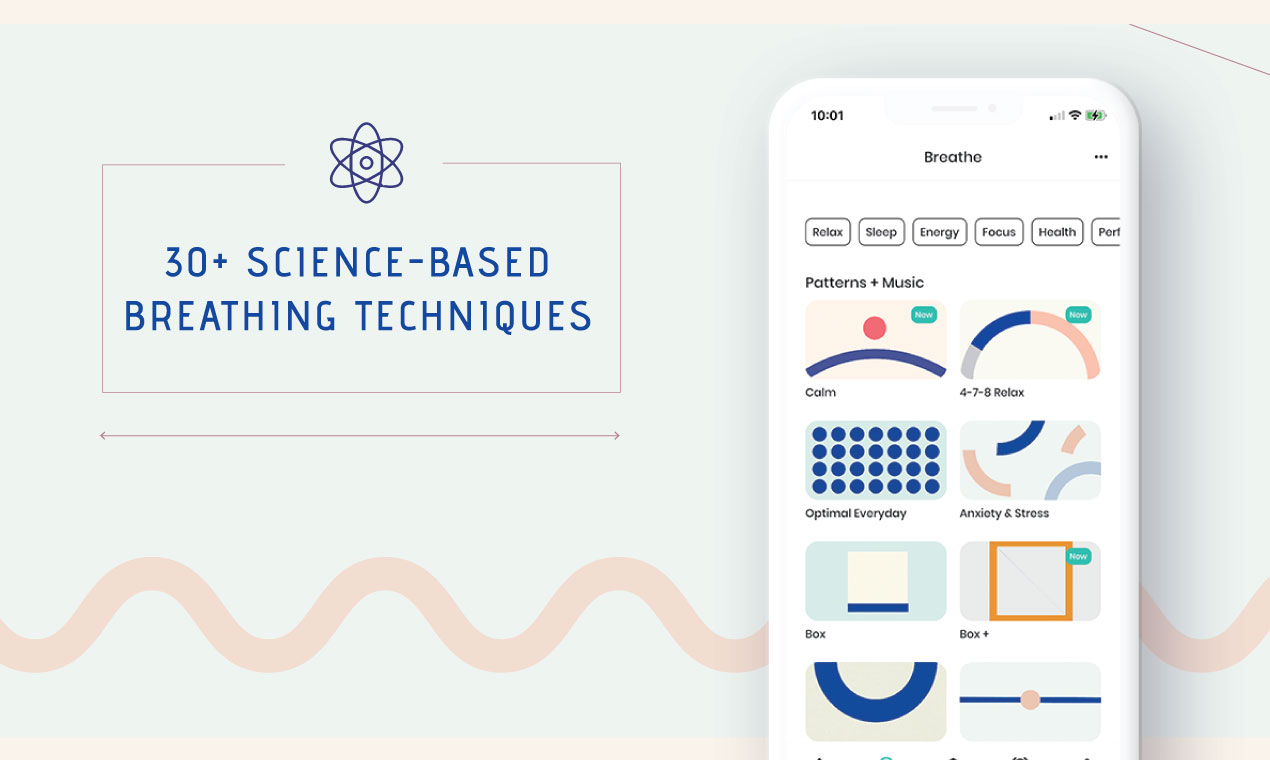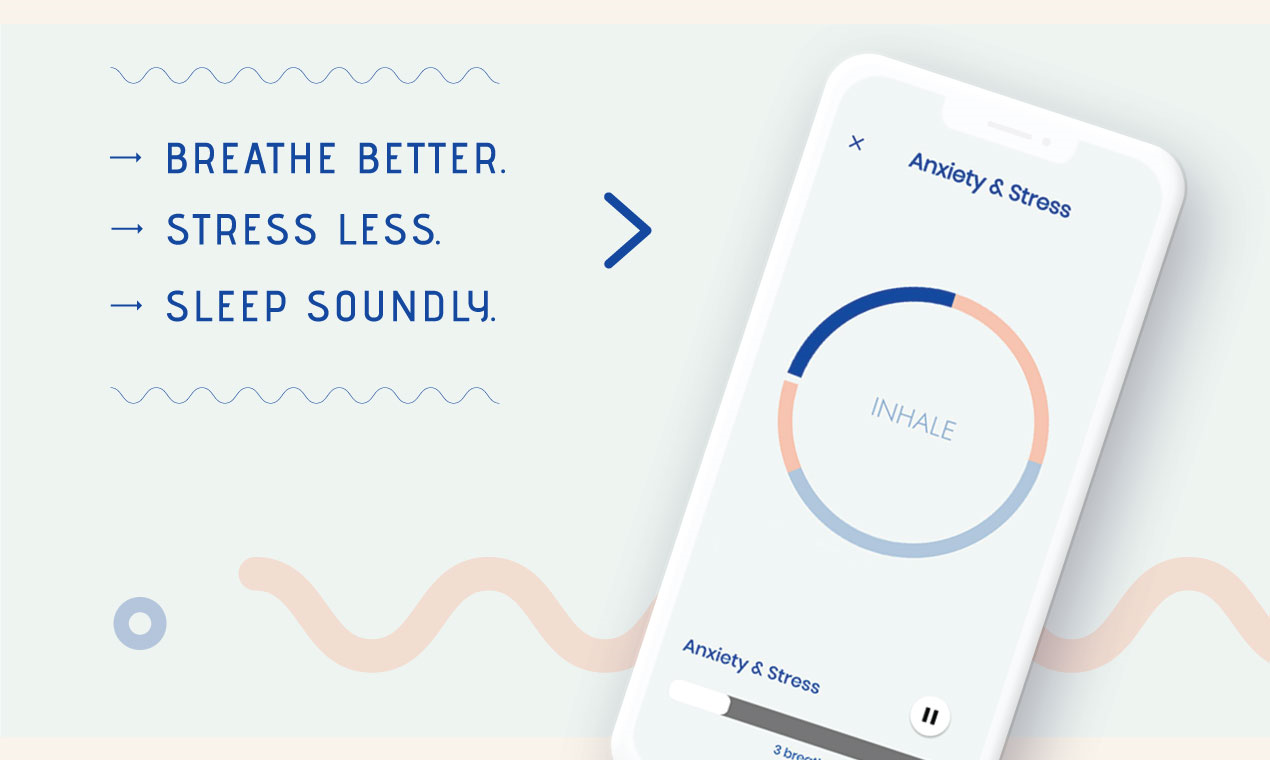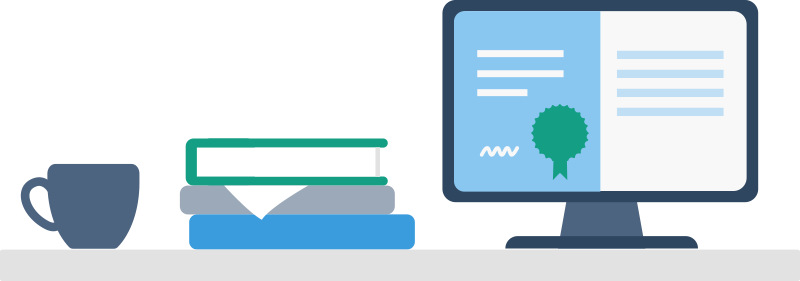Welcome to the Gust Launch Founder Spotlight! Gust Launch supports a variety of exciting founders doing amazing things. In this ongoing series we’ll highlight the experiences of Gust Launch founders, in their own words, as they navigate the challenges of early-stage entrepreneurship.
Want to share your story? Reach out at spotlight@gust.com.
The Founder, the company, and why we're excited
We’re excited to share Sam’s early experiences in launching an app-based company as a solo founder. While building his company, One Deep Breath, he’s learned—and graciously shared with us—a breadth of lessons around customer research, going to market, business models, and how to hone in on what works. This is the longest Founder Spotlight yet so if you need to take a breath midway through we believe there’s an app you might want to check out.
What is One Deep Breath?
In short, it’s a science-based breathwork app, which probably means nothing to most people... But, virtually everyone knows at least something about meditation and mindfulness - the Calm and Headspace apps have clearly taken off in a big way - growing to tens of millions of users and hundreds of millions of annual revenue.
One Deep Breath is similar to Calm and Headspace in that we’re driving at similar outcomes - helping people with stress, sleep, focus at work/school, athletic performance, etc. Yet, one of the great paradoxes of meditation is that it can be overwhelming - the time commitment, the quiet space, the mysticism - that’s a lot of buy-in required. Most people are just not going to understand how sitting cross-legged in the dark and levitating for 15 minutes is going to solve their insomnia.
One Deep Breath has taken a different approach - we’ve looked at the science and discovered so many of the benefits of meditation and mindfulness can be chalked up simply to one’s breathing patterns. We’ve distilled these breathing patterns into breathwork exercises to help folks with specific issues - if you’re anxious or stressed, do 3 minutes of box breathing; struggling to fall asleep, do 4-7-8 breathing when you lay down; if you’re standing over a 30-foot putt, 16 seconds of coherent breathing won’t hurt.
Because breathwork has been extensively studied, the techniques we teach have been used for many years by Navy Seals, professional athletes, and first responders to stay calm and focused under pressure, without any of the constraints or confusion that accompanies a traditional meditation practice. Our mission at One Deep Breath is really to bring breathwork to a wider audience - certainly busy professionals are a great fit, but really anyone who wants to understand and control their mind and body better could benefit from the app, which is available on iOS and Android.
What were some unexpected challenges getting an app in the app store(s)?
By far the biggest obstacle throughout the process of building One Deep Breath is the mental barrier of feeling like the app is “done” and ready to launch.
I’m a huge perfectionist (yes, I’m the annoying guy in job interviews who says his greatest weakness is that he’s a perfectionist), which is useful at times during the development process, but in general seems to prevent me from feeling like the app is ever “good enough”, which is a huge negative.
Despite the app being very well-tested and ready to go, I had huge reservations about launching the app, simply because I knew there were more features and content I could add, and that maybe they would make a bigger splash at launch if I included them.
In the end, I regret the self-imposed launch delays to add more features for a simple reason: - there will always be more features/content/bug fixes that you can add, and you can “launch” several times.
It seems so easy to romanticize the importance of a launch as being this huge moment where you go viral and get hundreds of thousands of downloads, but the reality for most apps is that it’s better to launch early and get the idea out into the wild as opposed to constantly keeping the idea under wraps until it’s perfect.
Launching the app allowed us to begin generating revenue, attract new potential partners, and adopt an enthusiastic community of early adopters.
If I let my fear of being “done” get in the way of launching, I’d still be working on the pre-release build of One Deep Breath!
Additionally, building two native apps for iOS and Android was a massive challenge at the beginning, which is why I’m eternally grateful to Flutter for solving that problem - you can develop a single codebase for iOS and Android and release updates in tandem, no native coding necessary.
What are some interesting lessons about B2C app development you’d like to share with other entrepreneurs?
Lesson 1: Don’t trust feedback that you ask for.
After realizing people had zero or very little exposure to the benefits of simple breathing techniques, I had an itch to build One Deep Breath. Of course, I wanted to make sure it solved a real problem.
I’ve had my fair share of billion-dollar startup ideas that failed to launch. Because of this, my first reaction was to engage in a bunch of customer interviews and surveys in order to determine whether One Deep Breath would solve a real problem for people.
What I’ve learned through building One Deep Breath is that there’s a huge issue with this type of feedback: it’s not real, and it occurs in a “feedback vacuum” that places the potential customer entirely out of the context of when a user would actually engage with your product.
Instead of interacting with a real app over the course of an actual day, the potential users that you interview are thrust into a make-believe world where they engage with a series of “what-if’s”, hypotheticals, and half-baked prototypes.
Most importantly, I found that engaging in these types of tests makes people feel like they’re supposed to give feedback like they’re supposed to find bugs, and that they’re supposed to be helpful rather than honest - (most) people don’t download an app with the goal of finding bugs or providing useful feedback to the development team - they download an app with the goal of using it to improve their lives and are willing to pay for it if it does a good job at it.
Instead of engaging in this type of fictional testing and interviewing, I found it most helpful to test smaller, completed products as opposed to hypothetical businesses or prototypes.
Take your app idea, trim it down to something you can build in a week, or a month, finish it, and then put it on the App Store or Test Flight or into early access and look at how people are really using it, not how they say they would use it.
Our customer interviews and prototype tests were horrendous - but our early access users engaged with the app for over 20 minutes a day - clearly, there was a mismatch between the information we could receive from soliciting feedback and the metrics from how people actually used the app.
Lesson 2: Make money (simply)
Deciding how to monetize One Deep Breath has been a challenge since I started working on it well over a year ago.
As a solo founder, I received a lot of advice on how to monetize One Deep Breath, including selling One Deep Breath directly to health insurance companies, referral revenue for one-on-one breathwork lessons, and (more often than any other suggestion) forgoing monetization altogether in the hopes of creating a rapidly growing unicorn that explodes on the app store.
The latter advice is great if you’re a startup founder that excels in winning startup competitions or has a lot of funding behind you, but for a startup that needs to make money and is bootstrapped, we simply couldn’t afford to forgo making money - revenue was a necessity for survival, not a choice.
The only piece of advice I didn’t receive was the most common-sensical: a freemium subscription model where the basic content is free, with premium content, advanced features, and customization being behind a monthly or annual subscription.
Not only was this model the most straightforward to implement by far (selling One Deep Breath to insurance providers is still a dream of mine, but one that will require an immense amount of regulatory and sales work), but it was also the most historically proven, with analogous apps like Headspace and Calm (or even Duolingo or Evernote for that matter) creating $100+ million subscription empires with this model.
There are still dozens of different revenue streams I want to explore with One Deep Breath in the future, but having this base subscription revenue from consumers right now affords me and the team a solid foundation to survive on without needing to rely on outside funding.
Although it seems self-evident that the more time someone spends on your app, the more value you can assume it provides, an exchange of money adds an entirely different layer of value to the equation - you might use a social media app for an hour a day, but the idea of paying for it feels outrageous.
To test whether users would pay for One Deep Breath near the very end of our beta testing, we asked opted-in subscribers to our newsletter for voluntary donations. We received dozens of donations with an average amount of over $20.
Lesson 3: Don’t pivot, prune.
A common startup proverb is to “fail fast and pivot”.
I agree with the general sentiment of this statement, but in my previous experience it has led to a vicious cycle of pivot after pivot, iteration after iteration.
In my previous ventures I would take the first sign of failure, whether it be low conversion rates, dwindling daily engagement, or a declining user base as a need for a massive overhaul.
It would be back to the drawing board and customer interviews, where I’d almost entirely scrap the original product and start anew. It felt like I was releasing each version with the intention of failing so that I could move on to the next pivot as quickly as possible.
With One Deep Breath, I took a different approach.
Build a real product (even if it’s small and incomplete), release it into the wild (without directly asking for feedback) and then look at the metrics.
Determine what works, throw out what doesn’t, and improve upon what does.
Contrary to my former “pivot-first” mentality, very rarely have I released an update to One Deep Breath only to find that everything needs to be thrown out - there’s almost always a hidden gem that shines above the rest in terms of engagement or revenue production.
As a side note, One Deep Breath is actually the direct result of this process - it began as an all-in-one meditation/breathwork/mindfulness productivity tool, only to find that the meditation and productivity aspects weren’t all that valuable (or unique) to people - on the other hand, people were using (and coming back to) the original web app just for breathwork exercises - rather than scrapping the idea entirely, I decided to prune it down to what worked: simple, science-based breathing exercises.
How has Gust helped along the way?
Gust Launch has felt like our own virtual startup advisor.
I originally began using Gust for the same reasons most people do: cap table management and incorporation. While managing both of those things with Gust Launch is a breeze, what I wasn’t expecting to find was the immense amount of digestible and actionable knowledge that Gust had to offer on nearly every startup-related obstacle that I would run into.
Corporate taxes, bank account setup, co-founder equity splits, fundraising know-how, and everything in between are covered in detail by Gust on their blog and throughout the Gust Launch web app.
We are in the process of raising a small family-and-friends round using Gust SAFEs, which has been an absolute breeze. Their articles have been incredibly useful for our own internal team, and also for communicating the basics of SAFEs to potential investors.
As a bootstrapped startup, we can’t afford a company attorney or massive legal fees, but we also want to make sure that our company is protected to the best of our ability, and Gust gives us the peace of mind that we need.
There isn’t a single service that our startup utilizes that offers more value per dollar than Gust Launch - it saves our team thousands of dollars each year, but also dozens of hours of headaches if we were to go the DIY route.
Where can I learn more about One Deep Breath and breathing science?
I’m obviously biased, but the best way to learn about the newly emerging field of breathing science is to download the One Deep Breath App for iOS and Android.
Additionally, I’d recommend the book Breath, by James Nestor, which was a huge inspiration for me to begin building the One Deep Breath App.
Where can I learn more about One Deep Breath?
You can find more information about One Deep Breath through our website, https://onedeepbreath.io/ or you can reach me at sam@onedeepbreath.io
Gust Launch can set your company up while saving thousands of dollars and dozens of headaches as you scale and fundraise.
This article is intended for informational purposes only, and doesn't constitute tax, accounting, or legal advice. Everyone's situation is different! For advice in light of your unique circumstances, consult a tax advisor, accountant, or lawyer.





